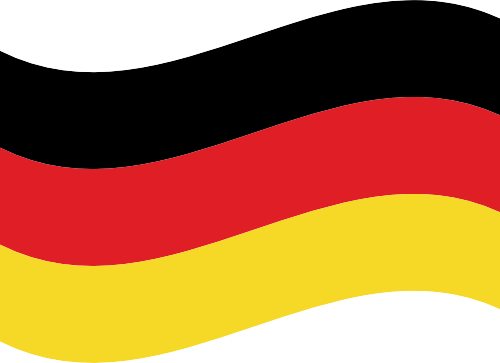- Alphadi Deutschland GmbH
- +49 561 949 189 0
- info@alphadi.org

You should implement an appropriate management system to control the risks in a company with ever faster processes and in a complex world. This will reduce unforeseeable situations, losses and costs.
In this module, you will gain the knowledge of risk management in accordance with DIN 31000 in order to introduce and continuously improve a professional risk management system. The standard and the integration of risk management in all processes and activities of a company should constantly create and maintain value. Risks, which can also be gifts for improvement, offer you new opportunities on the market.
DIN 31000 is an international standard for risk management that was developed by the International Organization for Standardization (ISO) and is recognized worldwide. It provides a framework and guidelines for the systematic identification, assessment, monitoring and control of risks in organizations.
The aim of the standard is to support companies in proactively managing risks, identifying opportunities and minimizing negative effects. DIN 31000 emphasizes the importance of a holistic and systematic approach to risk management that promotes the integration of risk management processes into general corporate management.
It also emphasizes the involvement of stakeholders, the consideration of external and internal contexts and the continuous improvement of risk management practices. By applying DIN 31000, organizations can respond more effectively to uncertainties, improve their decision-making and strengthen their resilience and resistance in the long term.

With more than 4,000 projects and case studies, Alphadi is a leader in the field of Lean Six Sigma and Sales Process Engineering. We advise you holistically so that your goals are achieved sustainably and in the long term.
2025 © All Rights Reserved.